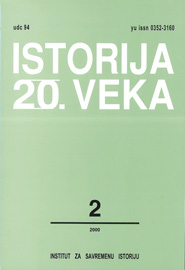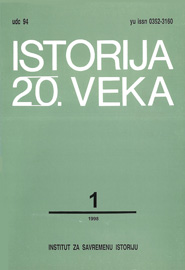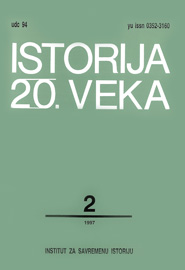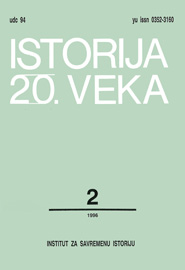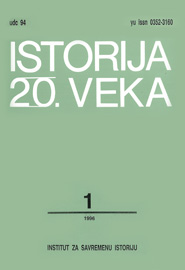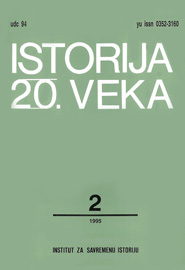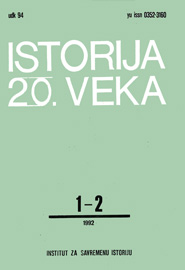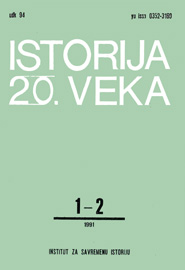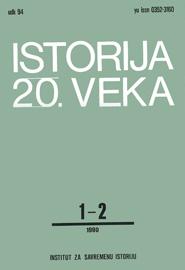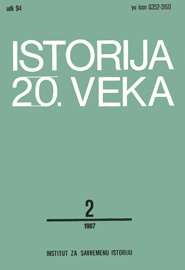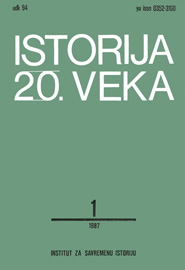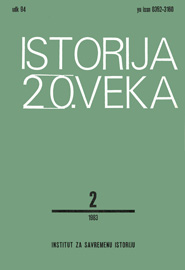Author(s): Nikola Anić / Language(s): Serbian
Issue: 1/1987
The paper considers the Yugoslav Army in the closing operations for the liberation of Yugoslavia which were conducted from 20 March to 15 May 1945. According to the analysis carried out. It is demonstrated that its composition, strength and capability were such that, within the framework of the joint strategic offensive of the allied armies of the anti-Hitler coalition, it was able to liberate Yugoslavia entirely on its own. It is important to note that, using historical documents, the author has portrayed the general composition of the Yugoslav Army in 1945 in an exact way and shown that, during the final battles in Europe, it comprised over 800,000 fighters grouped into four separate armies which were operating at the front and a further three armies in the process of formation: on 15 May it had 6 corps, 59 divisions, among them two airborne ones, 171 brigades and 10 regiments as well as several Partisan detachments, with a completely developed military rearguard system. There were also the strong Yugoslav Navy and Air Force, and a system of ranks and services such as other modern armies had in the Second World War. The author highlights the complexity of this kind of military organization which started to appear with the uprising in 1941, when there were only about 80,000 Partisans under arms. From this Partisan army there grew a large modern army which launched the strategic offensive for the liberation of Yugoslavia on 20 march 1945; on its flanks, the Red Army was fighting in Hungary and the Anglo-American one in Italy. At that time, Tito’s army was the fourth largest engaged against the Wermacht, after the Red Army and American and British ones, and had an independent part' of the strategic front which encircled
Nazi Germany; this showed the great recognition bestowed on this army and the trust placed in it, which it had gained in the course of the difficult four-year struggle in Yugoslavia. There is special reference in the article to the exact disposition of individual groupings of the Yugoslav Army and their strength, as well as their military role. Also covered is the course and conclusion of the final great battle in the Yugoslav theatre of war on 15 May 1945, - seven days after the official capitulation of Germany.
More...
